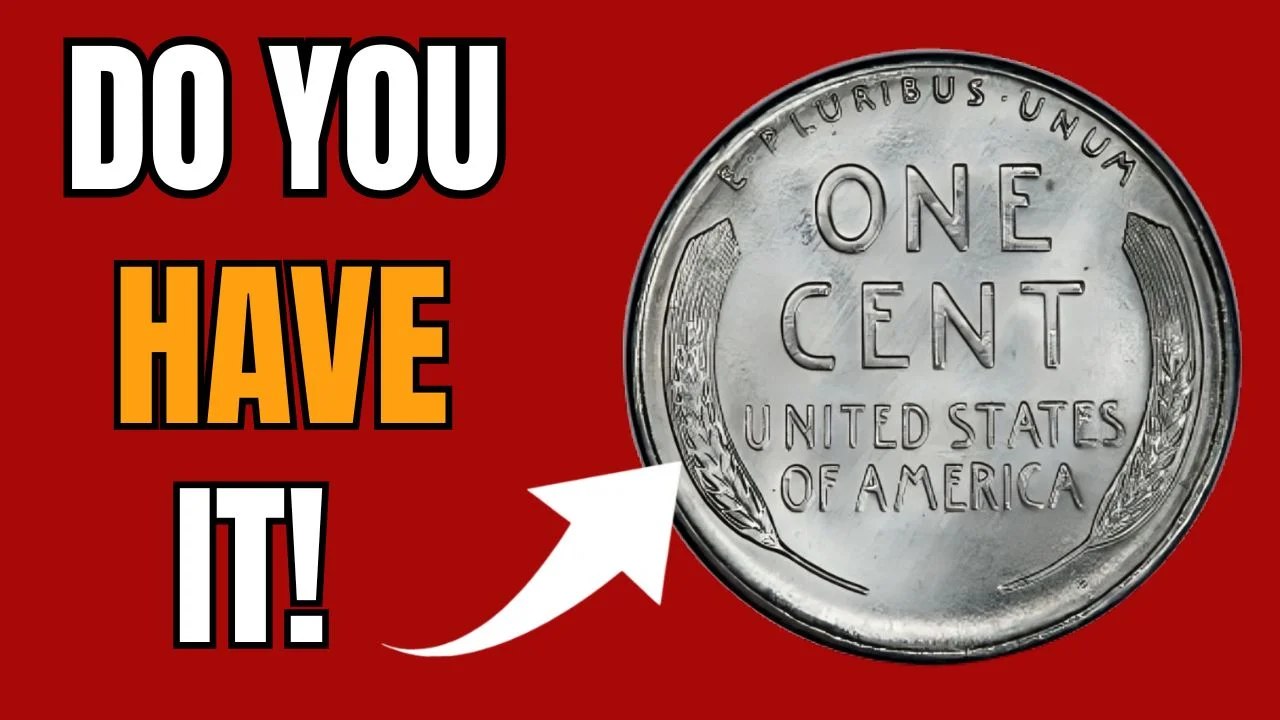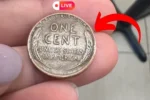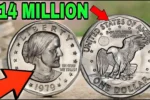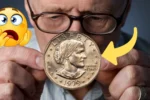The Lincoln Wheat Penny Valued: For coin collectors and casual hobbyists alike, the allure of finding a rare coin in everyday change is irresistible. Recently, headlines have made waves with an eye-catching claim: a Lincoln Wheat Penny valued at $5.5 million might still be in circulation. But how true is this? What makes a penny worth millions, and how can you tell if you have one? Let’s dive into the fascinating world of rare U.S. coins and examine the legend behind this pricey penny.
What Is the Lincoln Wheat Penny?
The Lincoln Wheat Penny, often simply called the “wheat cent,” was first minted in 1909 to commemorate the 100th anniversary of Abraham Lincoln’s birth. Designed by Victor D. Brenner, it was the first U.S. coin to feature a president’s image.
The coin’s reverse side features two wheat ears encircling the words “ONE CENT,” which gave it its nickname. The wheat design was used from 1909 until 1958, after which it was replaced by the Lincoln Memorial design.
Why Is One Lincoln Penny Worth $5.5 Million?
A few rare Lincoln Wheat Pennies are known to fetch eye-watering sums at auctions. The $5.5 million penny in question is believed to be a 1943 Bronze Lincoln Wheat Penny—an extremely rare minting error.
During World War II, the U.S. Mint transitioned from using copper to zinc-coated steel to conserve copper for the war effort. However, a small number of bronze blanks accidentally made it into the presses and were stamped with the 1943 design. These copper 1943 pennies are incredibly rare, with only a handful known to exist.
Reasons for High Value:
-
Rarity: Fewer than 20 are known to exist.
-
Mint Error: It’s a mistake, making it unique.
-
Collector Demand: Coin collectors will pay a premium for ultra-rare coins.
-
Historical Significance: It’s linked to a major global event—World War II.
How to Identify a Valuable Lincoln Wheat Penny
Here are some key indicators that your penny might be rare and valuable:
| Feature | What to Look For |
|---|---|
| Date | 1909-S VDB, 1914-D, 1922 plain, 1943 (copper) |
| Mint Mark | Small letters under the date: D (Denver), S (San Francisco) |
| Metal Composition | 1943 pennies are usually steel. If yours sticks to a magnet, it’s steel. If not—it might be bronze. |
| Condition | Higher grades (mint state) are more valuable. |
| Errors | Off-center strikes, double-dies, or odd colors |
Other Rare Lincoln Wheat Pennies
While the $5.5 million penny is the star, several other Lincoln Wheat Pennies are also worth thousands:
| Year | Mint Mark | Notable Features | Estimated Value |
|---|---|---|---|
| 1909 | S VDB | First year with designer initials | $700 – $5,000+ |
| 1914 | D | Low mintage | $200 – $3,000+ |
| 1922 | No Mint Mark | Rare error (missing “D”) | $500 – $12,000+ |
| 1955 | None | Double Die Obverse | $1,000 – $15,000+ |
| 1943 | Bronze | Wartime error | Up to $5.5 million |
Could the $5.5 Million Penny Still Be in Circulation?
Technically, yes—but the odds are extremely low. Most of these ultra-rare coins have already been found and documented by collectors. However, every so often, stories surface of someone discovering a rare coin in an old piggy bank, coin jar, or inherited collection.
Because the bronze 1943 penny looks very similar to common pennies, it can go unnoticed. If someone doesn’t know the value or the rarity, they might spend it unknowingly.
How to Check Your Pennies
If you’re curious whether you’ve got a treasure hiding in your coin jar, follow these steps:
-
Look at the Date – Key years like 1943, 1909, and 1914 should stand out.
-
Check the Mint Mark – Valuable coins often come from the Denver (D) or San Francisco (S) mints.
-
Use a Magnet – A 1943 penny that doesn’t stick to a magnet may be bronze (and potentially worth millions).
-
Examine Condition – Mint condition coins are always more desirable.
-
Get It Appraised – If you suspect you have something rare, contact a certified coin dealer or submit it to grading services like PCGS or NGC.
Final Thoughts
While the odds of finding a $5.5 million Lincoln Wheat Penny in your pocket change are slim, it’s not impossible. These coins represent an exciting blend of history, rarity, and the thrill of the hunt. Whether you’re a seasoned collector or someone who just started checking their spare change more carefully, knowing what to look for can turn an ordinary penny into a once-in-a-lifetime discovery.
So next time you receive change, take a second to look at your pennies—because history (and possibly a fortune) might be staring back at you.
FAQs
Q1: What is the rarest Lincoln Wheat Penny?
The 1943 Bronze Lincoln Wheat Penny is one of the rarest and most valuable, with only a few known to exist.
Q2: How can I tell if my 1943 penny is the valuable bronze version?
Use a magnet. If it doesn’t stick, it may be bronze. You can also have it weighed or professionally evaluated.
Q3: Are all Lincoln Wheat Pennies valuable?
Not all. Most are worth just a few cents unless they’re in exceptional condition or from rare years/mints.
Q4: Where can I sell a rare penny?
Certified coin dealers, coin shows, auction houses like Heritage Auctions, or online platforms such as eBay (though caution is advised for high-value coins).
Q5: What should I do if I think I found a rare penny?
Don’t clean it. Contact a professional grading service (like PCGS or NGC) for evaluation and authentication.




